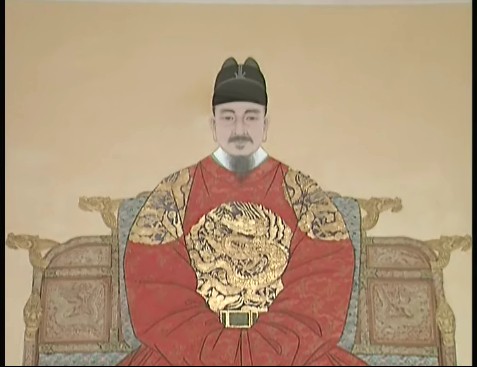
Hangul is the Korean alphabet made in 1443. To celebrate the creation of it, Hangul Proclamation Day is designated on Oct. 9. The Postech Times covers Hangul in multiple ways. The first article delivers the history of Hangul creation and Hangul Proclamation Day. The second shows its superiority and the meaning of forming Standardized System of Hangul. The last one is about application examples of it in various fields, such as webtoon, sculpture, and so on.
<Editor’s comment>
Known as one of the most scientific, efficient, and well-made languages in the world, Hangul, the Korean alphabet, has a history of almost 600 years. It was first created in the Joseon Dynasty by Sejong the Great in 1446 with a full name “Hunminjeongeum”. It literally means ‘The correct sounds for the instruction of the people’. Sejong the Great intended to give the people of the Joseon Dynasty their own letters to record. Hangul is also known as the only language in the world of which the exact distribution year, the creator, and the principle on which it was created are documented.
The reasons that Sejong the Great decided to create the Hangul could be mainly divided into three. First, Joseon had used Chinese for a long time, but it was awkward to use Chinese characters to express how people actually spoke at that time. Also, the significance of having their own alphabet had been emphasized since those countries around Joseon had their own alphabet. Personal characteristics of King Sejong also contributed to the creation of Hangul. Scholars in Jiphyeonjeon, the royal research group of outstanding scholars in many fields, and Sejong the Great created the alphabet.
Over time, several letters were added or deleted and some grammatical points have been changed in Hangul. Also, Hangul has gone through some major crises. During the Joseon Dynasty, Hangul has been a secondary writing system for women and children. During the Japanese colonial era, the Japanese government banned Koreans from using Hangul.
In its current form, Hangul has 24 consonant and vowel letters. Some scholars are trying to apply Hangul to different languages because it can express almost every pronunciation with a small group of consonants and vowels.
Recently, however, Hangul is incorrectly used in many situations. Even though it is natural for languages to change over time, this problem of misuse is sometimes too serious to be ignored. To list a few overuse of loanwords, teenage online slang, and excessive abbreviations could be some examples.
In order to commemorate this great language and encourage people to use Hangul more correctly, Oct. 9 was designated as the Hangul Proclamation Day. A variety of events and ceremonies are held across the country on this day. However, it was not Oct. 9 when the Hangul Proclamation Day was first created. Considering the approximate date that Hangul was created, early scholars decided Oct. 29 as the Hangul Day; however, many scholars had struggled over whether the day created should be the Hangul Day or the distribution day should be the one people celebrate. Finally, according to the original document about Hangul, Oct. 9 was designated as the Hangul Proclamation Day in 1945.


